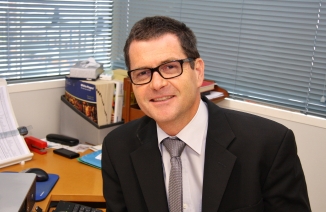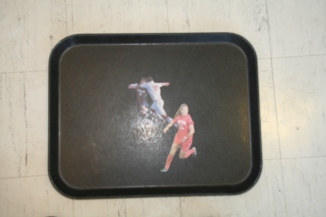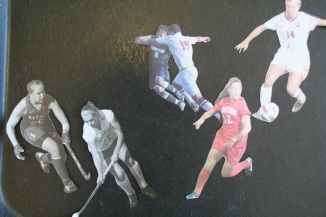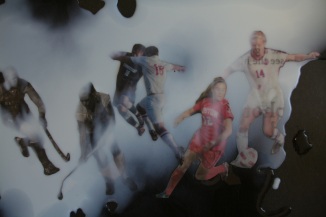In February, Advocate member Alex Wells sat down with Australian writer John Hughes and recorded the following interview. Part I is published here: stay tuned for Part II. You can find John Hughes’s work published in the Advocate’s latest issue, Origin.
Alex Wells: The two stories you’ve given us for the Origin issue come from your newest book, The Garden of Sorrows, a collection of reverse animal fables that will be published by University of Western Australia Publishing later this year. How did the idea for this project come about?
John Hughes: The idea had been with me for quite some time. Largely, I think, it came about during the period when I was working on a couple of my earlier books, from experiences working in foreign countries where I wasn’t terribly familiar with the languages. I found that what I began to notice in places where lots of people gather are the things we don’t usually notice when we understand the language, that is, the whole range of nonverbal communication that goes on between people. And it struck me that when I was doing this, what I was looking at was a series of different kinds of animal behavior, really. (I don’t mean to put myself outside that: my own was a kind of animal behavior as well, being more predatory, or at least observing the others.) And so it made me start thinking for some reason about how close to animals we really still are—because basically we are animals, aren’t we? So that got me thinking about fables and the way that animals have been used to tell stories, simple stories with a kind of moral, and then I began thinking about the metamorphosis and the classical tradition of transformation.
What I’m giving you here is a cluster of things, and eventually they all sort of came together in terms of thinking: well, given our Antipodean context here, it might actually be quite interesting to turn the metamorphosis around in a way and so to start with animals—but animals which have already distinctly human qualities. To start with animals, but Australian animals, which aren’t romanticized at all—they’re not cute and cuddly and they’re mean and nasty animals in many instances—and to present these animals in dramatic situations and to look at the transformation, but this time with animals turning into human beings.






